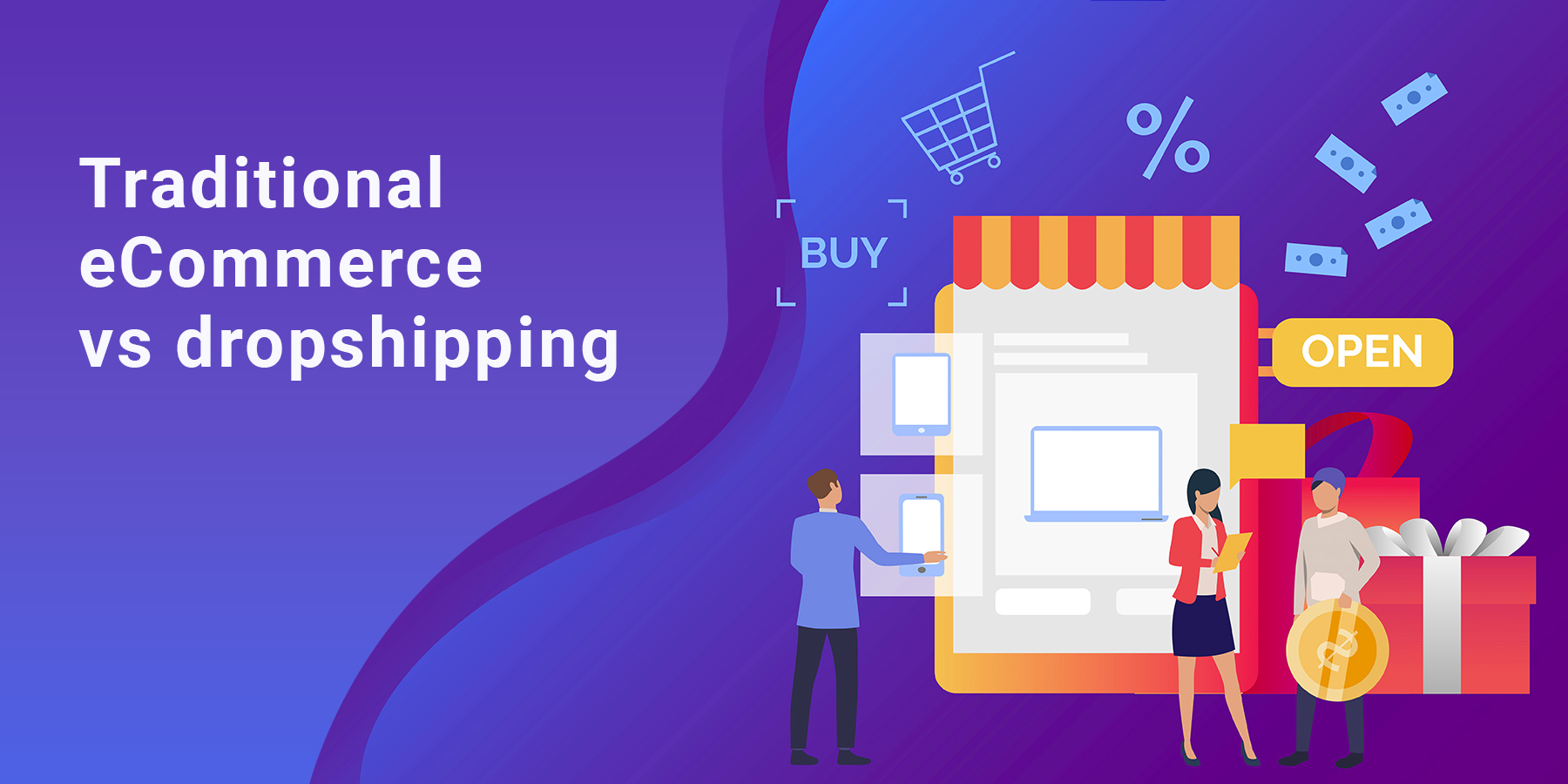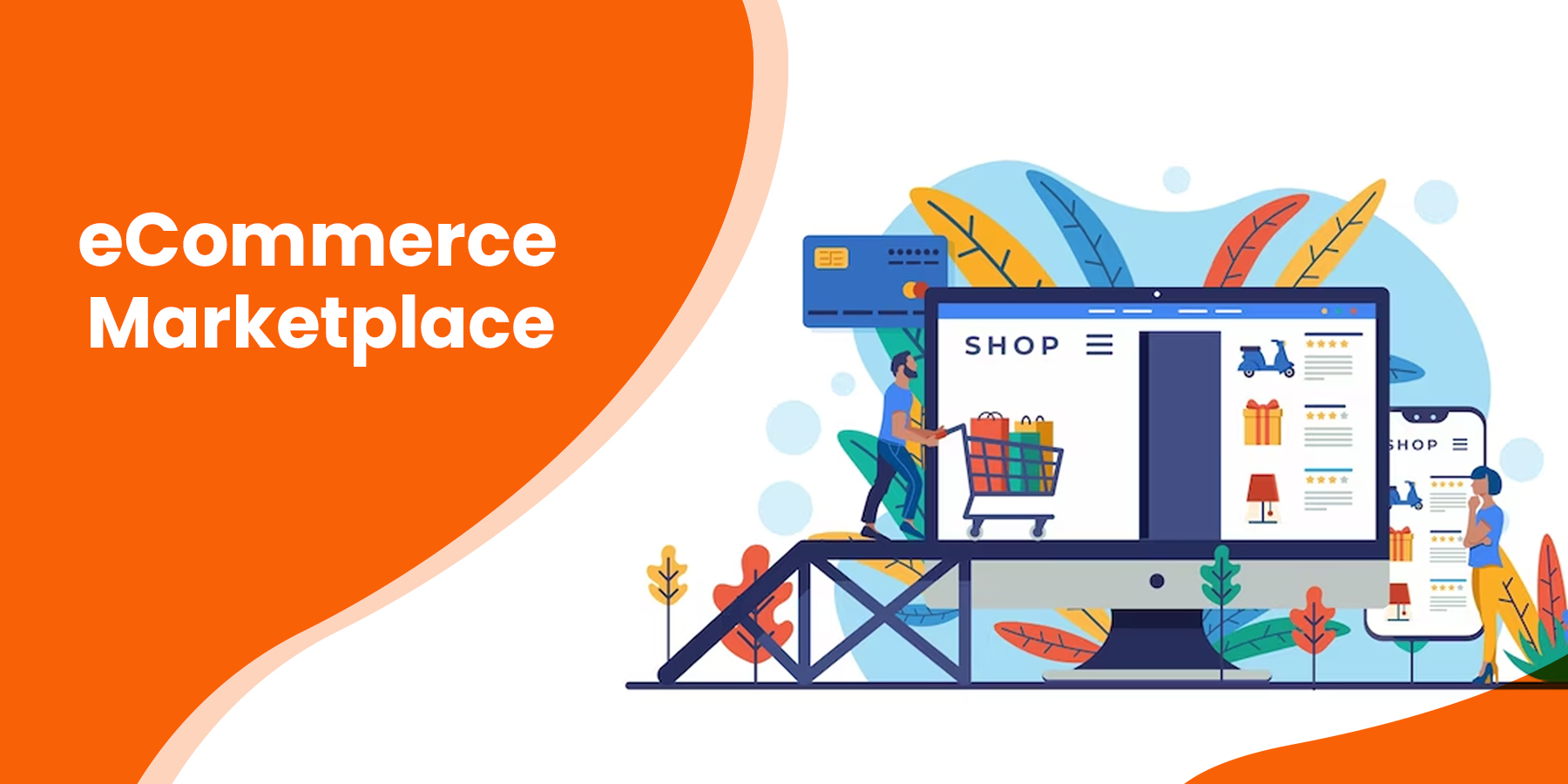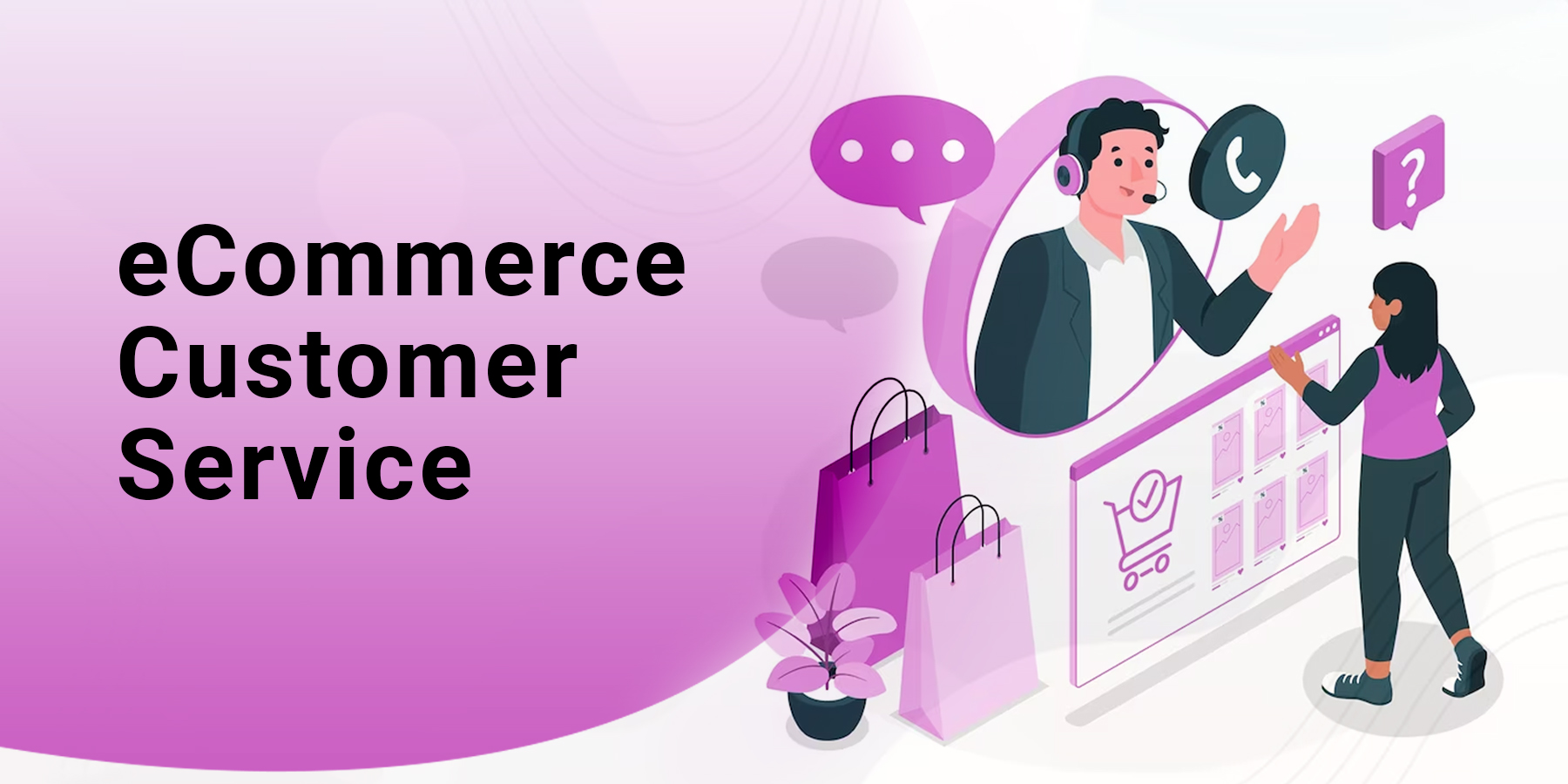
Comprehending the distinctions between dropshipping and traditional eCommerce is critical to decide which strategy is best for your online business. You can confidently select a model if you are aware of these distinctions.
Dropshipping
Finding a supply partner who sells the goods you wish to provide on your website is necessary for dropshipping. You add their eCommerce product cataloging to your online store, and then you start promoting these items to potential buyers, usually via tools like Facebook advertisements.
A customer interested in a product places an order on your eCommerce website, after which you order from your drop-shipping supplier. Depending on your setup, this may be automated or done manually. After the consumer places the order, your partner will ship the item directly to them, so you won’t have to worry about shipping. Dropshipping may appear to be a fantastic choice for people trying to launch an internet business.
Benefits of Dropshipping
- Extensive Catalog: It gives you access to a sizable selection of goods listed on your supply partner’s website, and you may advertise to potential clients by listing them on your eCommerce product cataloging website.
- Inventory Management by Partner: Your supply partner will handle keeping any inventory for you, so you won’t have to do that.
- Flexibility: If done correctly, you may run your business from any location globally by automating the full eCommerce product cataloging process, which includes importing products from your supplier’s website, your ads, and the order procedure. Many people who desire to have a laptop lifestyle find this appealing.
- Reduced Initial Costs: Because you don’t need to buy and retain inventory or pay staff—two of the essential costs spent by online businesses—dropshipping provides cheaper initial costs. An eCommerce product cataloging website and a marketing budget are all you need to launch a dropshipping business.
Disadvantages of Dropshipping
- Lower Profit Margins: One significant problem is the low-profit margins for many products, which arises from the high rates dropshippers frequently pay for individual units and their limited control over pricing and marketing.
- High Competition: Because there is little barrier to entry in eCommerce product cataloging and selling businesses, the dropshipping sector is highly competitive, including well-established online retailers and behemoths like Amazon, making it difficult to stand out and make money.
- Longer Shipping Times: Shipping from suppliers in nations like China can take four to twelve weeks, which is a significant problem. When trying to persuade people to purchase from a dropshipping eCommerce product cataloging firm, this delay might be a substantial roadblock since they could receive the identical thing from Amazon with same-day or next-day delivery. Customers dissatisfied with the shipping process may ask for refunds before getting their orders, leaving the business owner out of cash.
- Supply Chain Challenges: Dropshipping companies may have difficulties due to problems in the supply chain, such as stock shortages, order cancellations, or modifications to product listings. These problems may result in clients receiving goods different from what they ordered from the eCommerce product cataloging website, which could cause annoyance and refund demands.
- Managing Returns: Handling returns, which suppliers often need to accept, is another difficulty. Returns may be a problem for business owners, which could lead to quality control issues and harm their reputation. Entrepreneurs must thoroughly investigate and comprehend these drawbacks before launching a dropshipping firm.
Traditional eCommerce
A well-known online business strategy is traditional eCommerce, in which the seller maintains inventory and sells goods directly to customers. In contrast to dropshipping, the seller assumes full ownership of the entire eCommerce product cataloging and logistics process, from order fulfillment through shipment and handling. Similar to dropshipping, but with the seller in charge of the whole process rather than depending on a supply partner to send the products.
Benefits of Traditional eCommerce
- Higher Profits: Because firms have better control over expenses like postage, packaging, and shipping—which can significantly impact profitability—traditional eCommerce typically has higher profit margins.
- Greater Control on Quality: One of the most significant benefits is the seller’s ability to manage the entire process from start to finish. It allows the seller to maintain quality control over the products and ensure that they meet customer expectations. Another advantage is the ability to do quality control assessments on products, ensuring that the products being sold meet the business’s standards. It leads to higher customer satisfaction and repeats in business.
- Faster Shipping: Traditional eCommerce product cataloging sellers also have more control over shipping schedules and can provide quick delivery alternatives, increasing client satisfaction.
- Better Post-Sales Management: Another benefit of traditional eCommerce is that the seller can handle refunds and exchanges directly. It enables the vendor to manage customer care better and quickly address client requests. The seller can keep an eye on inventory levels and replenish items as necessary to guarantee they are stocked with an inventory that meets their demands.
Disadvantages of Traditional eCommerce
- Higher Investment: Depending on the product, you can have extra fees like employees and storage costs. Launching a firm can become more expensive because you require more funding to pay for these expenses.
- Unsold Inventory Challenges: You can also have unsold inventory. Having money locked up in an unsold eCommerce product cataloging list might be annoying since it limits the use of that money for other areas of the company.
- Lesser Flexibility: Traditional eCommerce is more involved than modern eCommerce. Many of the operations cannot be automated, which may turn off those who favor a more hands-off method of corporate management. You might require more effort and time to do this.
Conclusion
The choice between dropshipping and regular eCommerce ultimately comes down to tastes and business objectives. Some people may favor traditional eCommerce since it gives them greater control over the business’s pricing, shipping, and direction. Dropshipping, however, has its advantages and can be a fantastic way to investigate products before making a purchase. Ultimately, it’s critical to balance the benefits and drawbacks before selecting a strategy for one’s eCommerce product cataloging and marketing business.
Vserve provides businesses with expert eCommerce product cataloging and product data management services, freeing up their time to focus on their business.
This blog is inspired by the video ‘Dropshipping vs eCommerce – What is the Difference?’ by ‘EcommerceGold.’








